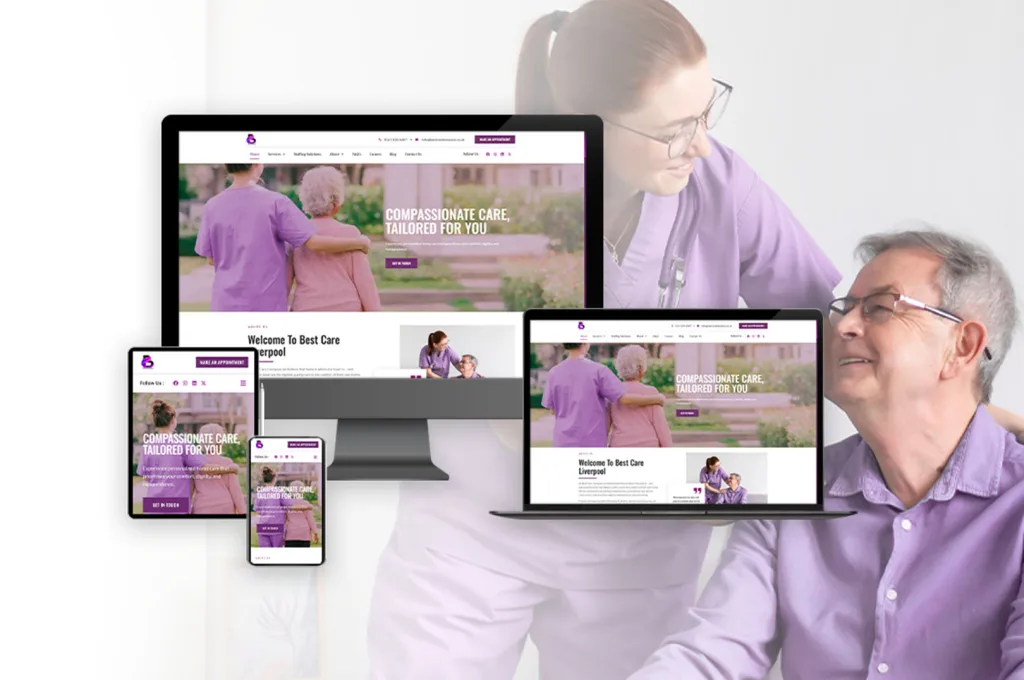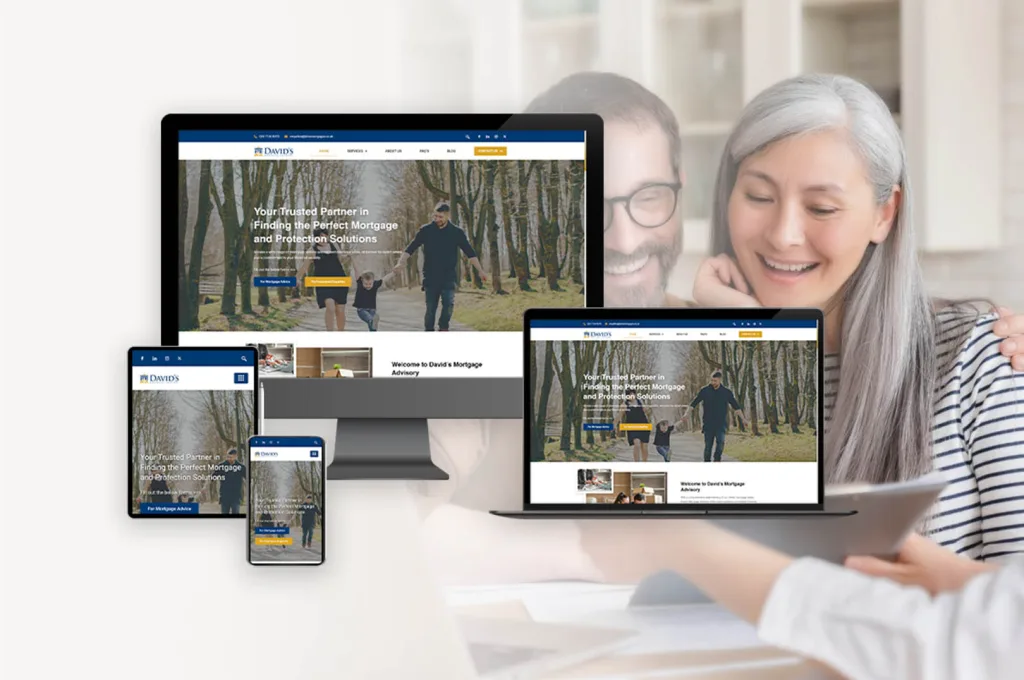Why Every Bakery Needs a Professional Website
Why Every Bakery Needs a Professional Website
Today’s consumers expect convenience, speed, and trust — especially when it comes to food. For bakeries, having just a physical store or social media page isn’t enough to stand out or grow. Whether you’re an artisanal bakery, a home-based cake artist, or a well-established brand, a professional website plays a vital role in attracting, engaging, and converting customers.
In this blog, we explore why every bakery business should invest in a website, and how it can lead to higher sales, better branding, and long-term success.

Why Your Bakery Needs a Professional Website
1. Showcase Your Products in a Beautiful, Organized Way
A website allows you to present your baked goods with high-quality images, clear descriptions, and categories (e.g., birthday cakes, pastries, eggless options). It keeps your best work on display — unlike social media, where posts can disappear in the feed.
2. Enable Online Ordering and Payment
With an integrated order system, customers can browse your menu, place orders, and pay online — anytime, even outside business hours. This is especially useful for busy customers planning events or celebrations.
3. Attract More Local Customers with Google Search (SEO)
Most people search online for “best cake shop near me” or “custom birthday cakes in [city].” With a website optimized for local SEO, your bakery can appear in these searches — helping you reach new customers who are ready to buy.
4. Build Trust and Credibility
A professional-looking website instantly increases your brand’s trust. By showing your story, hygiene standards, reviews, certifications, and guarantees, you give customers the confidence to choose you — especially for first-time orders or event bookings.
5. Stay Open 24/7
Even when your shop is closed, your website works for you. Customers can check prices, browse galleries, read FAQs, or make pre-orders — without waiting for replies on WhatsApp or Instagram.
6. Create a Strong Brand Identity
Your website reflects your bakery’s personality — whether it’s luxury cakes, vegan treats, or rustic loaves. With custom branding (colors, fonts, storytelling), you can connect emotionally with your audience and stand out from competitors.
7. Sell More with Online Store Options
Beyond cakes and bread, you can sell gift boxes, baking kits, e-vouchers, classes, and branded merchandise online. Your website becomes a mini-eCommerce store, creating new income streams and expanding your reach.

8. Streamline Custom Orders and Communication
You can include custom order forms, date pickers, flavor choices, and even mood board uploads — helping you collect all the details without back-and-forth messages. This improves accuracy and saves time.
9. Capture Customer Data for Promotions
Websites let you collect emails, birthdays, feedback, and preferences through forms and newsletter sign-ups. This information is key for marketing offers, seasonal promotions, and increasing customer loyalty.
10. Display Customer Reviews and Testimonials
Happy customers are your best marketers. Featuring reviews on your site builds social proof, encourages new customers, and showcases your reliability and quality.
11. Post Blogs, Baking Tips & Promotions
A blog section can help you share seasonal product launches, baking tips, behind-the-scenes stories, and holiday specials — while also improving SEO and engagement.
12. Reduce Reliance on Social Media Algorithms
Social platforms are important, but their reach is limited by changing algorithms. Your website is fully under your control — and isn’t affected by social media outages, account hacks, or algorithm shifts.
13. Accept Bookings for Events and Classes
If you offer baking classes, cake decorating workshops, or event catering, your website can manage event calendars, bookings, and payment — turning your site into a business hub.
14. Add Automation to Save Time
From automatic order confirmations, email receipts, inventory updates, or delivery slot booking, a website can handle repetitive tasks so you can focus on baking.
What Should a Bakery Website Include?
To make the most impact, your website should have:
- Homepage – Warm welcome, clear navigation, hero images
- Menu or Product Pages – Detailed descriptions with photos
- Online Ordering System – Pickup, delivery, or custom cakes
- About Us – Tell your brand story and values
- Gallery – Real images of your past work
- Testimonials – Happy customer feedback
- Contact Info & Map – Easy to find your location
- Blog or News – Share tips, recipes, and offers
- Social Media Links – Encourage follows and engagement
- Mobile-Friendly Design – Works beautifully on phones
Final Thoughts
A professional website is more than a digital brochure — it’s your virtual shop assistant, brand ambassador, and marketing tool all in one. Whether you’re just starting your bakery or already have a loyal local following, a website can unlock growth opportunities you may not even realize exist.
In today’s digital age, customers expect convenience, professionalism, and trust. A well-built bakery website delivers all three — while helping your brand rise, just like your best dough.
FEATURED POSTS
-
 Elegant Shines at BestWeb.LK 2025 with 4 Prestigious Awards
Elegant Shines at BestWeb.LK 2025 with 4 Prestigious Awards -
 Why Every Bakery Needs a Professional Website
Why Every Bakery Needs a Professional Website -
 Why Yoga Instructors or Yoga Institutes Should Have a Professional Website
Why Yoga Instructors or Yoga Institutes Should Have a Professional Website -
 How a Mobile Friendly Website Can Boost Your Sales
How a Mobile Friendly Website Can Boost Your Sales -
 ELEGANT Launches New Website for Best Care Liverpool
ELEGANT Launches New Website for Best Care Liverpool -
 ELEGANT Launches New Website for David’s Mortgage Advisory Ltd with a Fresh, Professional Look
ELEGANT Launches New Website for David’s Mortgage Advisory Ltd with a Fresh, Professional Look
Why Every Bakery Needs a Professional Website Read More »








